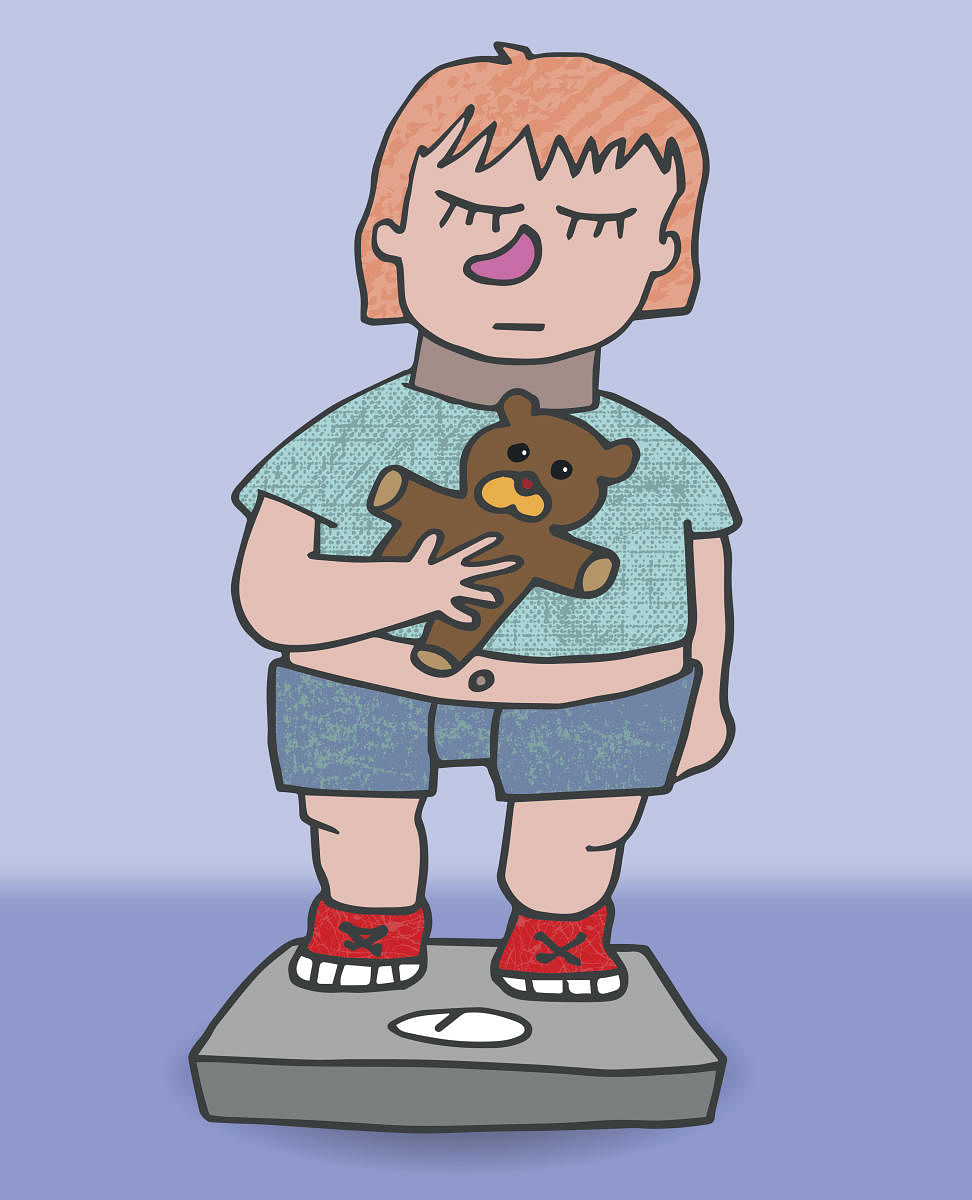
Diabetes, a disease in which the glucose or blood sugar levels are higher than normal, is one of the most common lifestyle diseases to affect adults.
However, with changing lifestyle trends, the disease is no longer restricted to adults.
An increasing number of children in India are also getting affected by diabetes. But understanding the types, causes and means of prevention of the disease can surely help address the growing concern of diabetes in youngsters.
Type I Diabetes
Previously referred to as insulin-dependent diabetes or juvenile diabetes, Type I Diabetes occurs as a result of the pancreas’ inability to produce insulin. Scientists reason that the destruction of these cells may be a result of a genetic predisposition. However, it may not be solely due to genes, but possibly due to exposure to a virus.
Type II Diabetes
Formerly called Non-Insulin-Dependent Diabetes or Adult-Onset Diabetes, Type II Diabetes is vastly different from Type I Diabetes. Unlike in the case of Type I Diabetes, the body can still produce insulin, however, it is not enough to meet an individual’s needs. Despite the presence of the insulin-making hormone, the child’s blood sugar level may increase. If left untreated, it may lead to blindness, heart disease and kidney failure. Type II Diabetes progresses faster in teenagers than in adults.
Prediabetes
Prediabetes is a condition where the blood sugar levels are higher than normal, but not high enough to diagnose the condition as diabetes.
If controlled, prediabetes can delay the onset of Type I or Type II Diabetes.
Causes of diabetes
Hereditary: The chances of a child being diagnosed with diabetes are higher when either or both parents have the condition. In such cases, babies have a higher chance of being born with diabetes or contracting the disease between the age of 25 and 50.
It is also important for women to keep their blood sugar levels under control during pregnancy, as the placenta absorbs sugar and can imbue the foetus with it.
Constant cold: When your body contracts a common ailment like cold, your immune system produces antibodies in order to fight, leaving it exhausted. With the antibodies getting consumed to destroy the cold, insulin production goes down, resulting in diabetes.
Viral infections: Viral infections can be a trigger for Type I Diabetes as they destroy insulin-producing cells. However, this is not a common cause of diabetes and occurs only in case of a history of low immunity.
No physical activity: Little to no physical activity decreases the functioning of the cells that are responsible for the production of insulin. Consequently, blood sugar levels are affected, leading to diabetes.
Excessive eating: Eating carbohydrates which are easily absorbed by the body and get converted into stored fat like sugar can increase the load on the pancreatic gland. Gradual exhaustion of the insulin cells leads to diabetes.